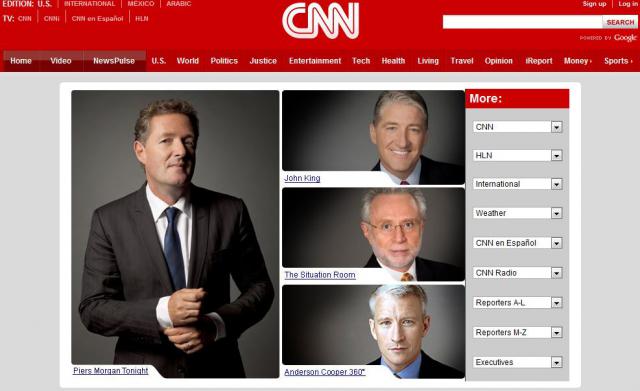This is a collaborative blog post between Hailey Lee and I about our final project for CMS.360, Intro to Civic Media. Our project is entitled “Television Newsroom Diversity and Civic Engagement.”
Abstract
In the United States, employment demographics for television news do not accurately reflect the nation’s ethnic makeup. According to the Radio and Television Digital News Association’s 2011 report on women and minorities in the news, “In the last 21years, the minority population in the U.S. has risen 9.5 percent; but the minority workforce in TV news is up 2.7 percent.” Minorities make up only 20.5 percent of TV newsrooms, but represent about 33 percent of the population of the United States.# The goals of this paper are to 1) identify the issues correlated with the lack of minority representation in TV newsrooms, 2) demonstrate the feasibility of a positive correlation between TV newsroom diversity and civic engagement through a ‘best-fit’ model, 3) advocate for a partnership between ethnic media organizations and traditional TV news channels to best cater to the minority audiences’ interests and needs.
Multimedia Component
We also created a 15 minute long video to accompany our paper. In it, we feature interviews with Frank Herron of the Center on Media Policy at UMass Boston and New England Ethnic Newswire, and Christine Lee of WWLP-22 Springfield. We also analyze the difficulties of man-on-the-street interviews. That video can be found Here.
Changes from our Original Proposal
Originally, the focus of this paper was to gather and analyze the diversity data of the city of Boston and its immediate suburbs. The original title of this project was “Minority Representation in the Boston Television News Industry.” However, the local data was not made available by the RTDNA or the FCC. We found a lack of data about TV newsroom diversity at the local level. Although the initial goal of this paper was to research diversity of local Boston TV newsrooms, failure to obtain any information after contacting both the FCC and the RTDNA for city data forced us to expand our paper to the national scope. The only diversity information we found on Boston TV news networks were regarding the diversity of TV programs that they featured. It would also be most effective if such data sets, once available, could be better publicized and organized into graphics for better visualization. This information needs to be available so that communities can become active in judging whether or not their local news is meeting their needs and reflecting their diversity.
Full Text text

We have published the document via Scribd here. The full text is available for print and download in PDF form.
Any questions regarding this paper can be directed to mkenefak@wellesley.edu or hlee7@wellesley.edu.

